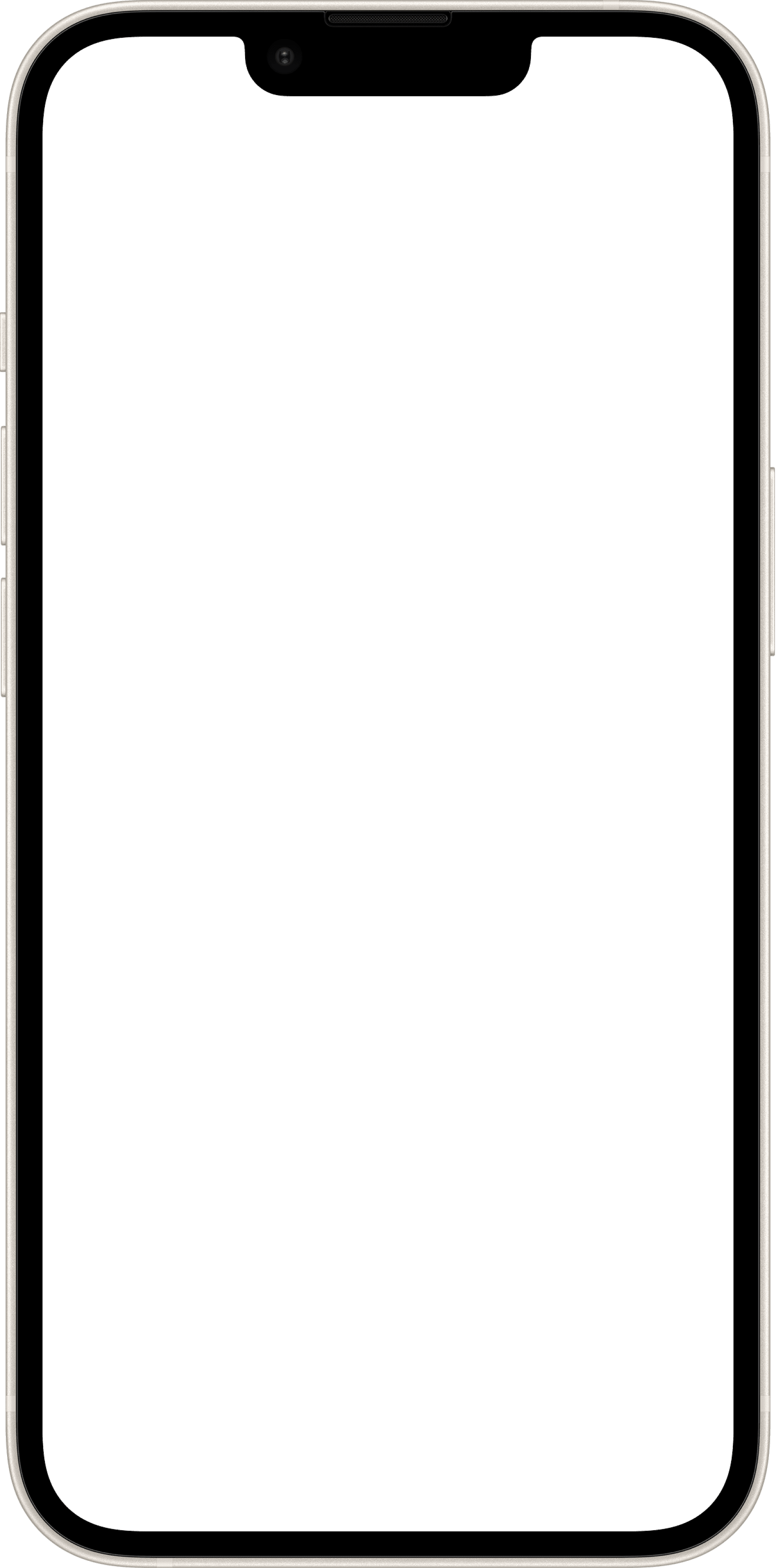Interaction Design
Duration
14 weeks, Jan - Apr 2023
Team
Claire Li, Andrew Huang
My Role
User Research, Design System, Desktop Application User Interface, Prototype
Overview
In the context of one core course at ArtCenter, Interaction Design 2, we were challenged to invent a personalized productivity solution for daily routines. My partner, Andrew, and I decided to explore the relationship between caffeine consumption, human circadian rhythms, and its impact on productivity.
" How might we help habitual coffee drinkers
feel confident to keep track of productivity and
health after consuming caffeine beverages? "
Problem
Research by Lincoln Park Strategies show that 93% of Americans consume caffeine daily to boost their energy and concentration. However, many struggle to optimize their focus due to underestimate or lack awareness of FDA’s safe caffeine limit and individual caffeine tolerance.
Goal
The goal was to design an ideal concept that provides a personalized productivity experience and brings value by enhancing users' focus and productivity.
Design process
Outcome
Researched and designed solution with a supporting design system that supports mobile and desktop platforms. I worked specifically on the experience for the desktop platform.
Qualitative Research
Can you measure time focus through caffeine consumption?
To answer this question, I conducted 10 qualitative interviews to discover a diversity of unique or very personalized ways that interviewees consume caffeine and track focus.
- Sandy L, Age 40, Nurse
- Tommy K, Age 23, Medical Student
- Atoosa B, Age 20, Mechanical Engineer
Research Insight
“While individuals start their day with caffeine consumption, many of them struggle with time management during their work hours.”
Secondary Research
Understanding habitual coffee drinkers time struggles
To understand why individuals struggle to focus at work despite consuming caffeinated beverages, we conducted secondary research and identified the three most common concerns among habitual coffee drinkers to guide our project.
Consume a large amount of caffeine without considering the consequences of individual caffeine stimulant effects, tolerance, sensitivity.
Persona
Ruben, Age 38, Mechanical Engineer
Oregon, CA
Goal
I want to focus at the right time. I hope to discover the ideal level of caffeine for myself after each intake and optimize productivity during work.
Frustration
When caffeine fails to enhance focus at the right time
When lack awareness of caffeine level during work hours
When caffeine disrupts sleep patterns
Ideation
Getting to the desktop
With design challenges and key research insights in mind, I prioritized features and developed top task flows that I want our target audience to achieve using our application, including the experience of evaluating individual caffeine sensitivity, discovering caffeine impact, and effectively scheduling caffeine intakes.
One-time task
Evaluate individual caffeine sensitivity
Primary task
Schedule ideal time for caffeine intake
Secondary & Tertiary task
Personalize caffeine beverages, Review scheduled intake time
User Test
User testing, findings, & iterations
To get early feedback about navigation and top user flows, I created prototype with Figma and conducted user testing with 8 users. Below are the key changes I made based on observations and feedback received.
Home Page / Before
After v1.
After v2.
Schedule for later / After v1.
Drink Now / After v2.
After v1.
After v2.
Information Architecture
Final Design
01
Personalize caffeine preferences
The onboarding flow informs how the app optimizes caffeine intake by customizing users' preferences, tolerance, and sleep schedules.
02
Track caffeine consumption with ease
Caffeine consumers are able to track their current caffeine level by effortlessly dragging and dropping the selected caffeine intake.
03
Schedule intake for optimal productivity
Planning allows users to align their caffeine intake with their individual tolerance levels and preferred sleep patterns.
04
Ensure caffeine health & safety
Users can manage and prevent from exceeding safe caffeine limits through alert notifications.
Brand visual identity
To ensure effective user communication and maintain a consistent system design across screens, we integrated a collection of accessible visual components that represent the core of our project.
Focus and
energetic
Minimalism
and rhythm
cards, input fields













